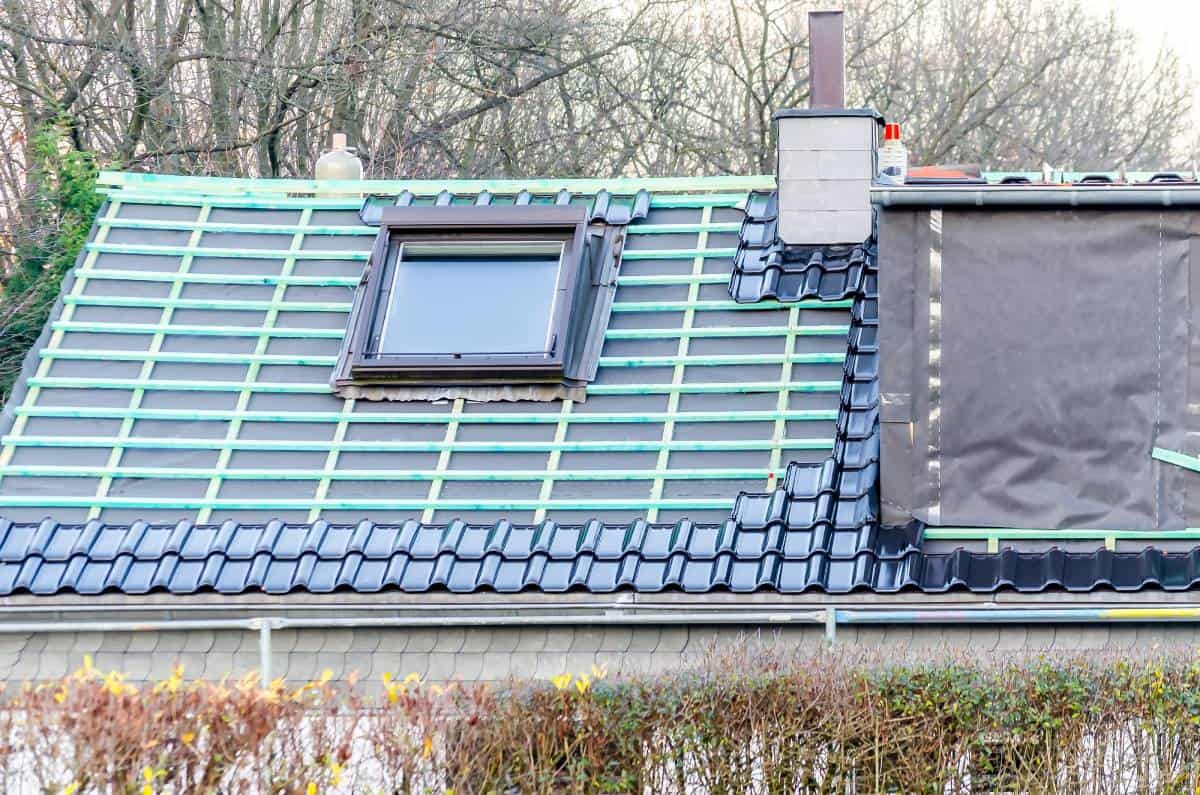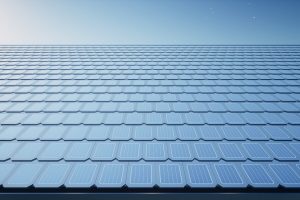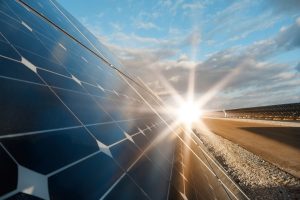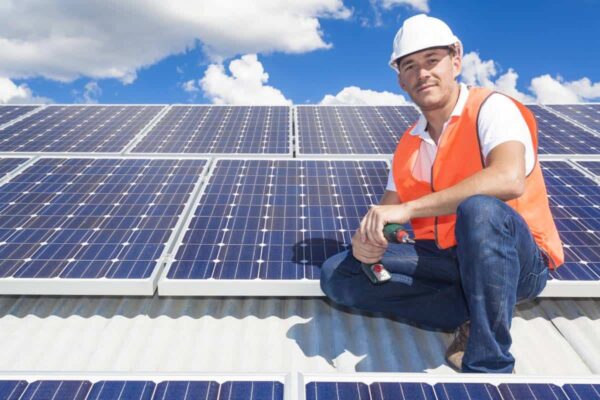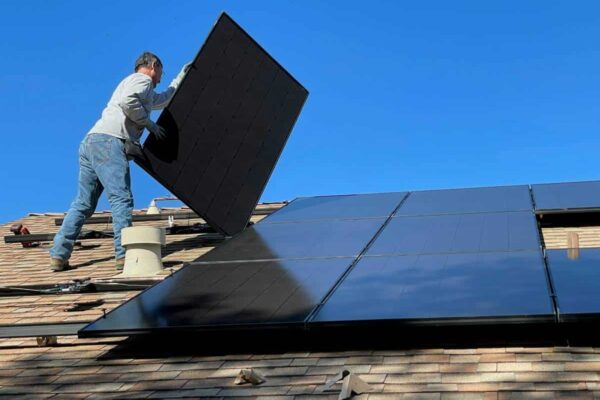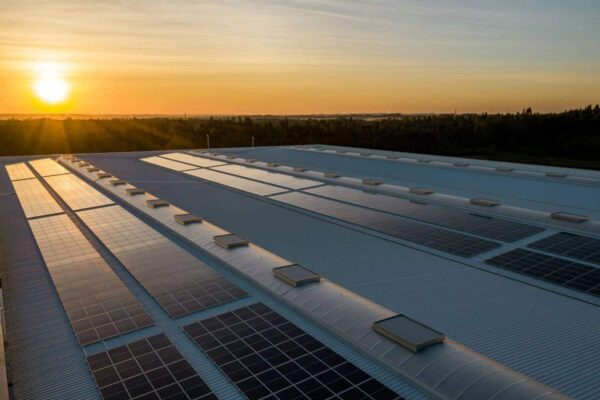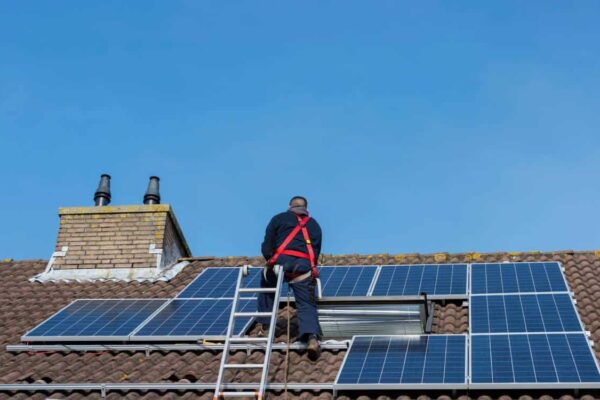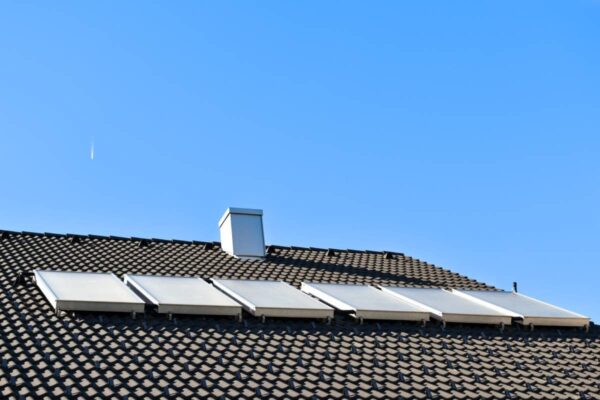Solar power has emerged as a viable and increasingly popular source of electricity for homes and businesses. As more people consider transitioning to solar energy, it’s important to understand the differences between two commonly utilized technologies: solar panels and solar shingles.
These innovative solutions share the same goal of gathering sunlight to generate electricity, but they differ significantly in terms of installation, aesthetics, efficiency, and cost. By explaining these distinctions, you can make well-informed decisions about which technology best suits their needs while contributing towards a greener future.
We’ll explore the nuances between solar panels and solar shingles to shed light on why knowing the difference matters when it comes to making an informed choice about sustainable energy solutions.
The Growing Demand and Popularity of Solar Energy for Homes and Businesses
Solar energy has seen a significant increase in demand and popularity in recent years, both for homes and businesses. This growing trend can be attributed to several factors. Solar energy offers a clean and renewable source of power, which aligns with the increasing concern for environmental sustainability. As people become more aware of the impact of traditional energy sources on climate change, they are increasingly opting for solar power as an alternative.
Another reason behind the rising demand for solar energy is its potential cost savings. While there may be an initial investment required for installing solar panels or shingles, over time, the electricity savings can outweigh these costs.
With advancements in technology and increased competition among solar providers, the cost of installation has also decreased significantly.
Government incentives and rebates have made going solar even more attractive financially. Many governments around the world are offering tax credits or subsidies to encourage individuals and businesses to adopt sustainable forms of energy generation like solar power.
Solar Panels vs Solar Shingles: Key Differences and Similarities
Solar panels and solar shingles are both technologies used to harness sunlight for electricity generation, but they have distinct differences. One key difference is installation. Solar panels are typically mounted on rooftops or ground-mounted systems and require a certain amount of space for proper placement.
On the other hand, solar shingles serve a dual purpose by integrating seamlessly into the roof itself, replacing traditional roofing materials. This makes them more aesthetically pleasing as they blend in with the overall design of the building.
Efficiency is another factor where solar panels and solar shingles differ. Solar panels tend to be more efficient at converting sunlight into electricity due to their larger surface area and higher wattage capacity per module compared to individual solar shingles. However, advancements in technology have improved the efficiency of solar shingles in recent years, narrowing this gap.
Cost is also an important consideration when choosing between solar panels and solar shingles. Generally, solar panel installations are less expensive upfront than installing a full array of integrated solar shingles since the latter requires additional materials such as traditional roofing components along with specialized wiring. However, long-term savings can be achieved through reduced energy bills with either option.
While both technologies aim to generate electricity from sunlight, there are key differences between solar panels and solar shingles that need to be considered when making an informed decision about renewable energy solutions for homes or businesses. Factors such as installation requirements, aesthetics, efficiency levels, and cost should all be carefully evaluated based on individual needs before opting for either option.
Solar Panels vs Solar Shingles: Cost Installation and Maintenance
Solar panels and solar shingles both offer the ability to generate electricity from sunlight, but they differ significantly in terms of cost, installation, and maintenance. When it comes to cost, solar panels tend to be more affordable upfront compared to solar shingles.
The initial investment for solar panels is generally lower because they have been on the market for a longer time and the manufacturing costs are lower. On the other hand, solar shingles can be more expensive due to their innovative design and relative novelty in the industry.
In terms of installation, solar panels require racks or mounts to be securely placed on roofs or mounted on the ground. This process involves drilling holes into surfaces that may cause damage if not done properly. Solar panel installations usually take longer due to these additional steps involved.
In contrast, solar shingle installation is simpler as they replace traditional roofing materials like asphalt shingles or tiles directly. Therefore, they do not require any additional mounting structures or extensive modifications.
When it comes to maintenance, both options generally require very little upkeep once installed. However, there may be slight differences depending on individual circumstances. Solar panels typically have a longer lifespan than solar shingles and are easier to maintain since they are separate entities attached onto existing roofing systems.
If a panel gets damaged or malfunctions over time, it can easily be replaced without affecting the rest of the system significantly. Solar shingle replacements might involve more extensive work as they consist of integrated power-generating components within each individual tile.
How We Can Help Install and Maintain Solar Panels or Solar Shingles
When it comes to installing and maintaining solar panels or solar shingles, there are a few key steps that can help make the process smooth and efficient. First, it’s important to conduct a thorough assessment of the property to determine the best location for installation. This involves evaluating factors such as roof orientation, shading from nearby trees or buildings, and structural integrity.
Once the optimal location has been identified, professionals can begin the installation process. For solar panels, this typically involves mounting them on racks attached to the roof using secure fasteners. Proper wiring and connection to an inverter are essential for converting DC power generated by the panels into AC power that can be used in homes or businesses.
Maintaining solar panels or shingles also requires regular care and monitoring. This includes cleaning debris off the surfaces to ensure maximum sunlight absorption, inspecting connections and wiring for any signs of damage or wear, and checking performance metrics such as energy production levels. Regular maintenance can help identify any issues early on and ensure optimal efficiency over time.
Installing and maintaining solar panels or shingles requires professional expertise due to their technical nature. Hiring trained professionals ensures proper setup, reduces potential risks associated with electrical work, and allows individuals to fully benefit from these renewable energy solutions while minimizing long-term costs.
Why Knowing The Difference Between Solar Panels and Solar Shingles Matters
Knowing the difference between solar panels and solar shingles is crucial for anyone looking to transition to renewable energy. Understanding the distinctions between these two technologies allows individuals to make well-informed decisions that align with their specific needs and preferences.
One key aspect to consider is installation. Solar panels typically require brackets or frames mounted on rooftops or nearby open spaces, while solar shingles are integrated directly into the roofing material itself. This distinction affects the aesthetic appeal of a property and its structural integrity and longevity.
Efficiency is another important factor to keep in mind. While both solar panels and solar shingles harness sunlight to generate electricity, there may be variations in terms of how efficiently they do so. Considering each option’s efficiency rating helps determine which will provide optimal power output for a given area’s climate conditions.
Cost plays a significant role when deciding between solar panels and solar shingles. The initial investment required for either technology can differ significantly due to factors like materials, installation complexity, maintenance requirements, and available rebates or incentives from local governments or utility companies.
Understanding the differences between solar panels and solar shingles empowers individuals seeking clean energy solutions by allowing them to evaluate their options based on installation preferences, efficiency expectations, and budget considerations. By making informed decisions about which technology best suits their specific circumstances, consumers can maximize the long-term benefits of transitioning to renewable energy sources like solar power.

